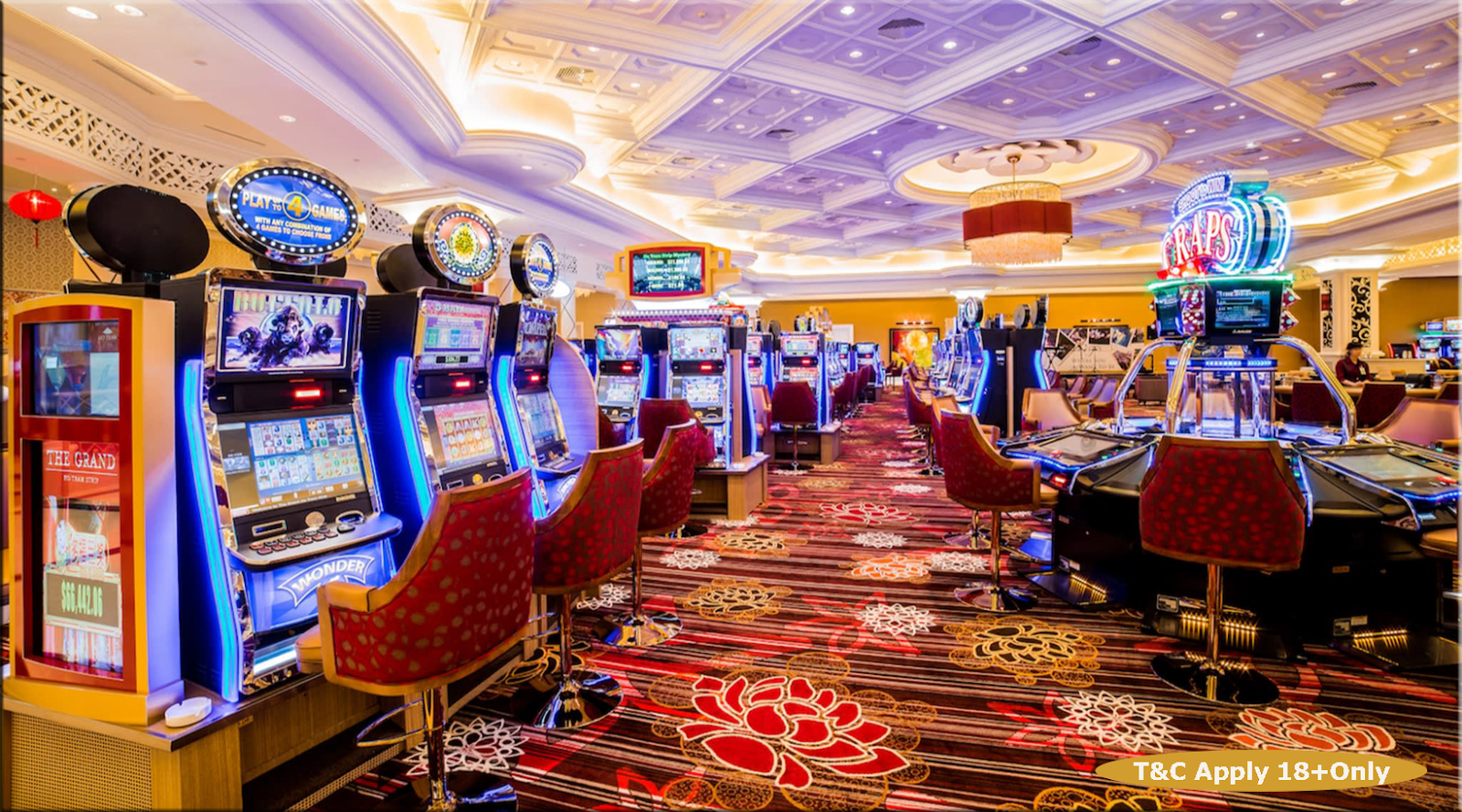
Behind the glittering lights and the alluring noises of spinning reels lies an vibrant realm where creativity meets numbers: the making of casino games. As players converge to gaming establishments seeking thrills and the chance of striking it rich big, a vast amount of work takes place behind closed doors to create these games they enjoy. From the initial concept to the ultimate product that players engage with, numerous elements are brought together to ensure a captivating play experience.
Creators, technicians, and game developers collaborate to combine innovative technology with engaging gameplay mechanics. Each aspect, from visuals and sound effects to odds and payouts, is carefully crafted to attract players and keep them engaged. Understanding the intricate process of how casino games are made reveals both the technical skills required but also the artistic vision that brings these engaging experiences to life.
Video Game Design Process
The game process starts with brainstorming and conceptualization, where creators develop concepts for innovative casino games. This initial phase often includes pinpointing potential audiences and analyzing market trends. Designers take into account elements like game mechanics, themes, and payout structures to develop an engaging experience. Collaboration between game designers, mathematicians, and artists is essential to ensure a well-rounded concept.
Once a design is chosen, the next stage involves creating prototypes and testing. Designers create a functional version of the game to evaluate its playability and mechanics. This facilitates adjustments and refinements based on feedback from testers. Reiteration is key, as designers may navigate multiple rounds of testing to optimize gameplay balance and user experience. This stage is essential for spotting any potential issues before the game is finalized.
After testing, the game moves into development and production. This includes the technical aspects of coding the game software, integrating graphics, and making sure compliance with gaming regulations. Quality assurance testing verifies that the game functions seamlessly across various platforms and devices. Once everything is polished, the game is prepared for launch, usually accompanied by marketing strategies to attract players and generate buzz around the new casino offering.
Technology and Development
The development of casino games has transformed significantly with progress in technology. Contemporary game design often includes high-quality graphics, immersive sound effects, and dynamic animations that provide a compelling experience for players. Game developers use complex software tools and coding languages to develop these immersive gaming experiences. Additionally, the use of random number generators ensures equity and unpredictability in outcomes, which is important for maintaining player trust and compliance with gaming regulations.
In recent years, the rise of online casinos has expanded the boundaries of game development even further. Developers are now able to design games that appeal to a worldwide audience, incorporating features such as live dealers and VR environments. This shift has encouraged innovation, leading to novel game mechanics and formats that enhance player engagement. Mobile gaming has also become a significant focus, encouraging developers to optimize games for mobile phones and tablets, ensuring accessibility and ease of access for players on the go.
Collaboration among creators, artists, and mathematicians is crucial in the creation process. Each team contributes their knowledge to ensure games are not only aesthetically pleasing but also statistically accurate and enjoyable. The integration of player feedback during testing phases allows developers to improve game features and functionalities, ultimately leading to a positive launch. As technology continues to advance, the potential for innovative game concepts and experiences is limitless, promising an exciting future for casino games.
Evaluating and Quality Control
Once a slot has been developed, it enters the crucial phase of evaluation and quality assurance. This stage ensures that the game operates seamlessly and provides a just experience for players. Teams conduct extensive tests, including functionality checks to ensure that all game features work as planned. Each component, from graphics to sound effects, is evaluated to ensure quality benchmarks are met.
In addition to operational testing, the game experiences rigorous compliance checks to meet legal requirements. Multiple jurisdictions have specific regulations governing game fairness and player protection. Quality assurance teams will verify that the random number generators are operating correctly and that the game’s payout percentages align with industry standards. non GamStop casino This detailed examination helps build trust with players and regulators alike.
Finally, pre-launch testing may be conducted with genuine players to collect opinions on user experience. This crucial insight allows developers to make necessary adjustments before the official launch. Addressing any potential issues noted during this phase helps ensure that users will have a seamless, immersive experience when the game goes live. The commitment to quality reflects the industry’s dedication to delivering enjoyable and reliable casino games.
